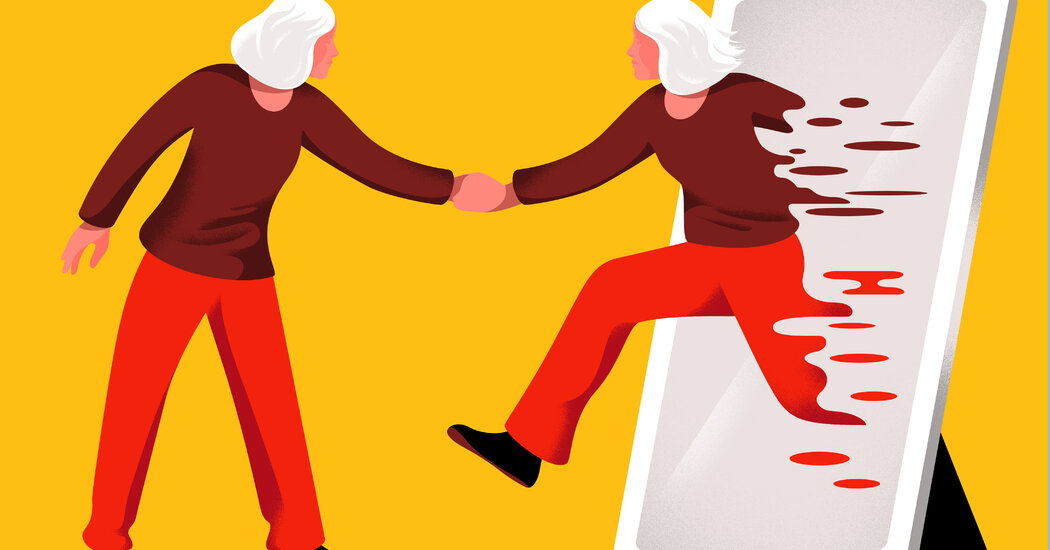The challenge
We see meditation as something to calm our minds, but did you know that meditation can also make us stronger and more focused on the challenges ahead? Today, try a four-minute vigorous meditation with Rev. Angel Kyodo Williams, created only for those participating in the Fresh Start Challenge. Ms. Williams, who only capitalizes her Buddhist name Kyodo, teaches that vigorous meditation is about showing oneself to what is happening in the world.
Why do I do this?
Science shows that regular meditation practice can reduce stress, increase calmness and clarity, and promote happiness. Other research shows that regular meditation can relieve chronic pain, relieve depression, help people quit smoking and sleep better.
The basic premise of mindfulness meditation is to pay attention to the present moment – especially your own thoughts, emotions, and sensations. Ms. Williams, a Zen Buddhist priestess and founder of the Center for Transformative Change in Berkeley, California known for her focus on the role meditation can play in social justice, and she teaches that meditation can be a powerful tool in making us stronger, more focused, and ready to face the small and big challenges of daily life.
Recognition…Christine Alicino
She says some people make the mistake of thinking that meditation is an escape from stressful situations. “We have had a lot of practice running away from our experience and figuring out what else it could be and why it should be different, which actually increases our anxiety,” said Ms. Williams, co-author of Radical Dharma: Talking About Race, Love and Liberation. ”“ Meditation and mindfulness are becoming a way for people to reconcile confusion, fear, and fear of the unknown. ”
Despite the name, vigorous meditation is neither loud nor aggressive. The ferocity comes from the power of meditation and mindfulness to help you overcome any fear, anxiety, or challenge that lies ahead.
“Meditation has a gentleness that allows you to say, ‘Oh, I can meet myself. I can live up to the fact that I don’t know what to do about it, ‘”she said. “But there is also a vehemence in meditation that says, ‘You have to show yourself to what is happening.’ And you have to feel what you are feeling instead of fleeing and looking into a swoon. “
Before you start, think about what is most important to you. “You don’t have to save the world,” says Ms. Williams. It could be your family, friends, make purpose, feel safe, or take care of yourself. Decide what is important to you and then start the meditation by clicking the audio link above.
Try more meditations
Learn more about meditation in the How To Meditate guide. You will find four other short meditations by Tara Brach, a psychologist and well-known meditation teacher. The guide includes one- and four-minute meditations that are great for beginners or when you don’t have a lot of time. When you’re more experienced or ready for a longer mindfulness session, try the 10- or 15-minute sessions. Ms. Brach also offers a body scan meditation, in which one systematically focuses on different sensations and areas from head to toe.
The guide also includes walking meditation and a mindfulness practice for drinking tea from Sharon Salzberg, another well-known meditation teacher. You can download and listen to all of the tracks when you are ready to meditate.

